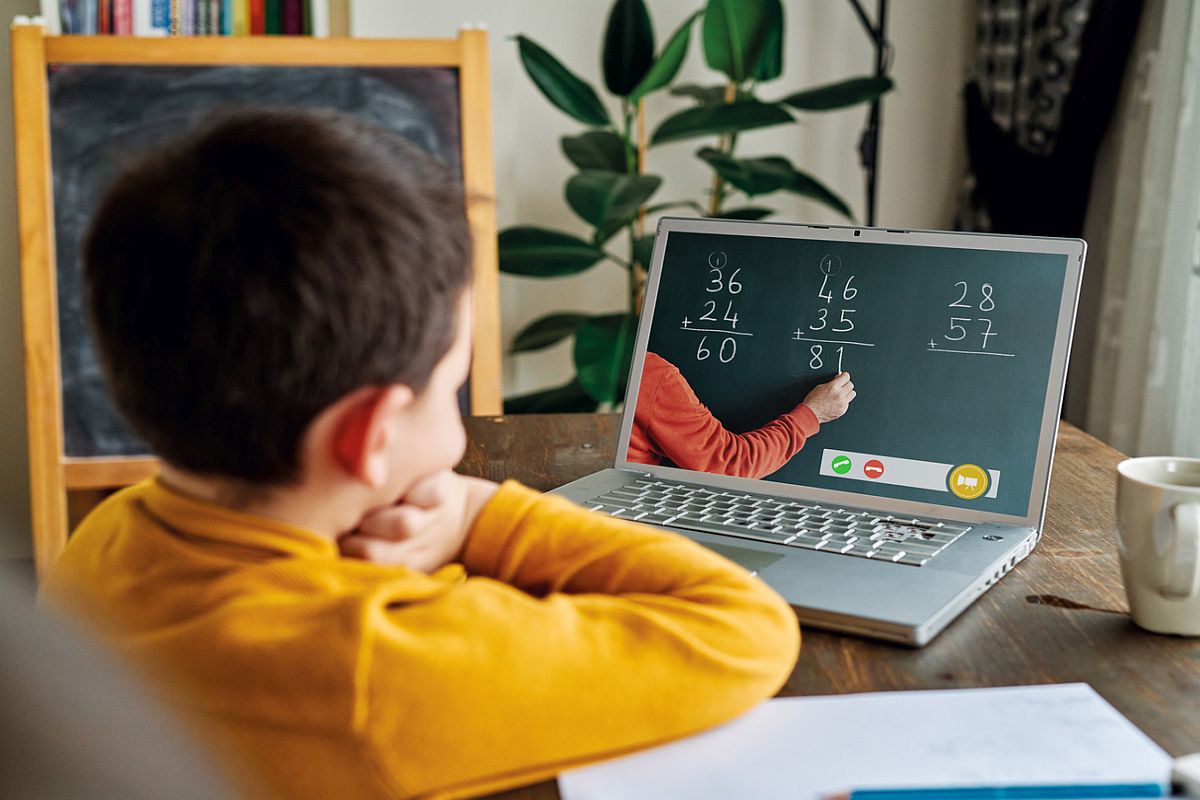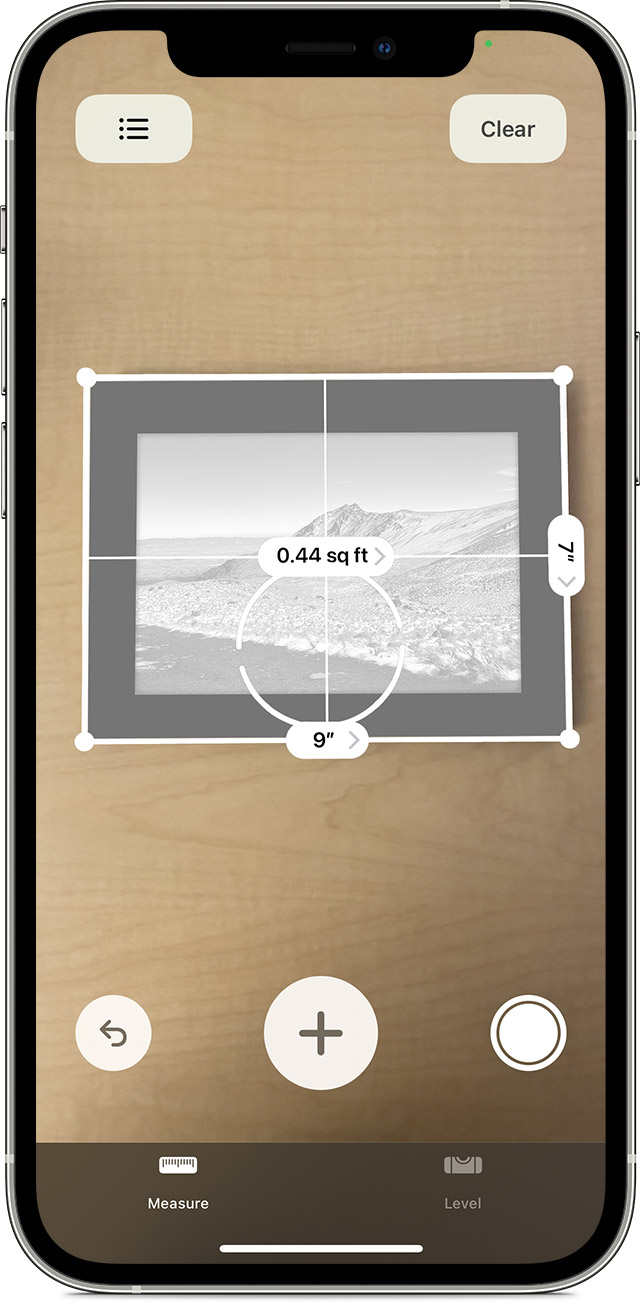
Photo by The Statesman
Education is one of the necessities of every individual and society. Some of its learning modalities are traditional face-to-face learning, distance learning, blended learning, and eLearning. But among the mentioned modalities, face-to-face is said to be the most effective among the majority.
However, the current situation caused by the COVID-19 pandemic won’t allow people to keep the traditional face-to-face classes done, which made online learning essential for everyone. In line with this, classes, meetings, and even payments became an online requisite. Moreover, digital transformation services arose in this era, which gave online transactions, powered by great user experience, a chance. This incorporates Learning Management System (LMS), communication platforms such as Zoom and Microsoft Teams, Artificial Intelligence (AI)-powered bots, and so forth.
Meanwhile, back in the 20th century, Augmented Reality (AR) technology started, which evolved in the early 21st century. It is a technology that allows users to blend digital technology in a real-time environment.
AR for Entertainment
AR was mainly designed for gaming technology but later became a trend on other entertainment collectibles as well.
Niantic, a software development company launched an AR mobile game application called Pokémon Go back in 2016. It’s one of the most successful games of all time as it became a global sensation along with Clash Royale and Slither.io. One of the reasons behind its success is the AR technology, which enables users to play in the real-world surrounding, with the use of their phone’s Global Positioning System (GPS).
AR has also entered the world of collectibles such as albums. There are Korean Popular music (KPop) albums that fuse AR technology. Artivive, a mobile application, for instance, is a platform that is used by some KPop artists, specifically for their album launches, to associate music with digital art. Another is MOING, which also utilizes AR technology on album inclusions in the form of a photocard.
2019 AR Devices Advancements
Apart from AR entertainment technologies integrated on mobile phones, are AR devices, namely Microsoft’s HoloLens 2 and Google’s Glass Enterprise Edition 2.
Microsoft’s HoloLens 2 is an AR device that has different options for different environments. The devices are incorporated by several applications such as Cortana, Microsoft Applications, hologram and a lot more. These are used as a tool for several purposes that include industrial solutions and medical education.

Photo by Artivive
While Glass Enterprise Edition 2 is Google’s powerful eyewear, its main purpose is to make the consumers’ work faster by displaying information needed for their tasks. This has several gestures and voice commands that lets its users access several applications just like how mobile phones function, minus the use of their hands.
Grasping AR For Education
AR has been influencing sundry areas for years already, but still has a lot more to show thanks to usability research. It has even leveled-up to its most simple and flexible forms. Mobile applications for entertainment, and devices for work purposes, as mentioned above, are all existing up-to-date, whereas mobile app development for AR is also available everywhere in support to other industries that might need it in the future.
This means that applying AR to the current online and distance learning will only take a portable smartphone, a mobile app, one’s knowledge on the device’s processes and programs, and the participation of both teachers and learners!

Photo by Apple.com
“Glimpse” and Apple’s “Measure” are AR applications that can identify, define, and measure objects from the real world. While “Glimpse AR” and “Halo AR” are applications that let users lay their AR content to a specific image.
Distance learning can be easier by utilizing sorts of software. An example is AR learning materials. This can be used by students who can just scan an image, or a whole worksheet, that can give the users access to the digital lessons in real-time. Another is the three-dimensional (3D) AR Models. Just like how Microsoft HoloLens 2 works, software with 3D objects can be integrated as well, where learners can see and interact with a hologram model.
Imagine using “HoloLens 2” and “Glass” in a regular online classroom set-up where everyone can wear their device, where they can hear and see right through their ears and eyes the models, lessons, and other visual aids. It will be more efficient and effective in contrast to the usual online textbooks and online clips.
Conclusion
AR is an existent technology in our generation. It also has the capacity to adopt other areas in the future. Technology has endless possibilities. Making use of it in the education sector will firmly benefit the industry a lot—not just the learners and teachers, but the whole society as well.
On the other hand, the transition from the accustomed learning modalities to a full AR learning method can be a handful. Thus, considering a consultation from a user experience research company would be advantageous too.
The world is changing, and so our methods should. Applying AR and other digital transformation services in our lives could be the solution that everyone is waiting for. With digital transformation strategy consulting, get to know what other possibilities
could help you grow your business. Reach out to USER Experience Researchers through https://www.user.com.sg/contact/ to learn more.
Other References:
1. School children liking ‘online classes’ but missing classroom study : Survey” https://thestatesman.com/india/school-children-liking-online-classes-but-missing-classroom-study-survey-1502903971.html
2. Top Mobile Games of 2016: Pokémon GO Conquered Clash Royale to Become the Year’s Highest Earning New Launch: https://sensortower.com/blog/top-mobile-games-2016#disqus_thread
3. Use the Measure app on your iPhone, iPad, or iPod touch: https://support.apple.com/en-ph/HT208924


